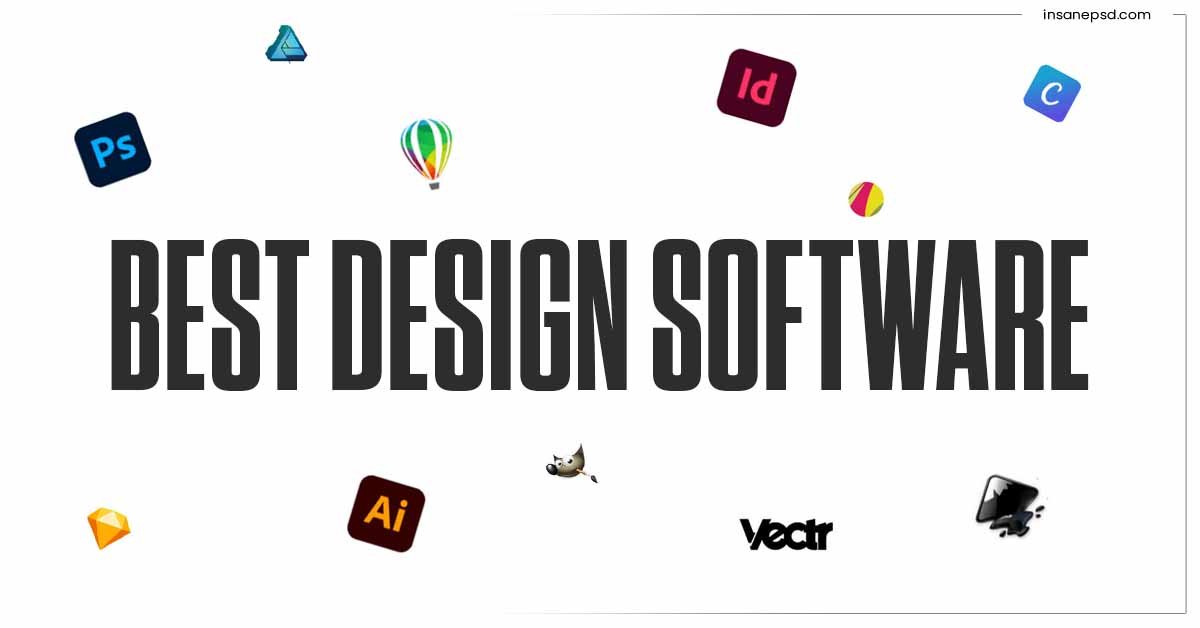Designing is an art, and just like any artist needs their tools, graphic designers, architects, and creatives alike require the right design software to bring their visions to life. With a myriad of options available in the market, choosing the one that aligns with your needs can be a daunting task. In this comprehensive guide, we will explore various design software options, and their strengths, and help you navigate through the perplexing world of design tools.
Introduction
In the ever-evolving realm of digital design, having the right software at your fingertips is crucial. Whether you’re a seasoned professional or just starting, the array of design software can be overwhelming. Let’s dive in and demystify the world of design software.
Understanding Your Design Needs
Before embarking on your journey to find the perfect design software, it’s essential to identify your specific requirements. Are you into graphic design, architecture, 3D modeling, or user interface design? Understanding your needs will narrow down the options and make your decision-making process smoother.
Adobe Creative Cloud Suite
Undoubtedly a powerhouse in the design industry, Adobe Creative Cloud Suite offers a comprehensive set of tools catering to various design needs. From Photoshop for image editing to Illustrator for vector graphics, Adobe has it all. Each tool seamlessly integrates, allowing you to switch between them effortlessly.
Sketch
For UI/UX designers, Sketch has become a household name. Its user-friendly interface and focus on web and mobile design make it a top choice in the design community. With features like artboards and symbols, Sketch streamlines the design process, making it efficient and enjoyable.
AutoCAD
In the world of architecture and engineering, AutoCAD stands tall. Known for its precision and versatility, AutoCAD has been an industry standard for decades. Whether you’re creating detailed architectural plans or intricate mechanical designs, AutoCAD has the tools to get the job done.
Canva
Perfect for beginners and non-designers, Canva offers a user-friendly platform with drag-and-drop functionality. It’s an excellent choice for creating social media graphics, presentations, and marketing materials without the steep learning curve of professional design software.
Blender
Venturing into the realm of 3D modeling and animation? Blender is a powerful, open-source option. While it might have a steeper learning curve, its capabilities in creating stunning 3D visuals and animations make it a favorite among enthusiasts and professionals alike.
Figma
In an era of remote collaboration, Figma shines with its cloud-based, collaborative design features. Design teams can work in real time, making it a go-to tool for projects that require seamless collaboration and iteration.
CorelDRAW
For those inclined toward vector graphics, CorelDRAW is a robust choice. With advanced features for illustration and layout, it caters to industries like printing, engraving, and signage, where precision is paramount.
Comparative Analysis
To help you make an informed decision, let’s compare these design tools. Consider factors such as pricing, usability, and versatility. Each tool has its strengths, so finding the right balance is key.
Choosing the Right Software for You
Now that we’ve dissected each option, how do you make the final decision? Consider your specific needs, budget constraints, and the learning curve. Many software options offer free trials, allowing you to explore before committing.
User Testimonials
Don’t just take our word for it. Hear from professionals who have used these tools in their day-to-day work. Their experiences, both positive and negative, can provide valuable insights to guide your decision.
Future Trends in Design Software
As technology evolves, so does design software. Stay ahead of the curve by exploring upcoming trends in the industry. What changes can you expect in user interfaces and functionalities?
Conclusion
In the vast landscape of design software, there’s no one-size-fits-all solution. Your choice depends on your unique needs and preferences. Take the time to explore and test different tools before making a commitment. Remember, the right software can be a game-changer in unleashing your creative potential.
Frequently Asked Questions (FAQs)
- Q: Is there a one-size-fits-all design software?
- A: No, the best design software depends on your specific needs and preferences.
- Q: Are there free alternatives to professional design software?
- A: Yes, many free design tools offer basic functionalities. However, professional software often provides advanced features.
- Q: How do I choose between cloud-based and desktop design software?
- A: Consider factors like collaboration needs, internet connectivity, and personal preferences when deciding between cloud-based and desktop software.
- Q: Can I use multiple design software for different purposes?
- A: Absolutely, many designers use a combination of tools to meet their diverse design needs.
- Q: Are there industry-specific design software options?
- A: Yes,
